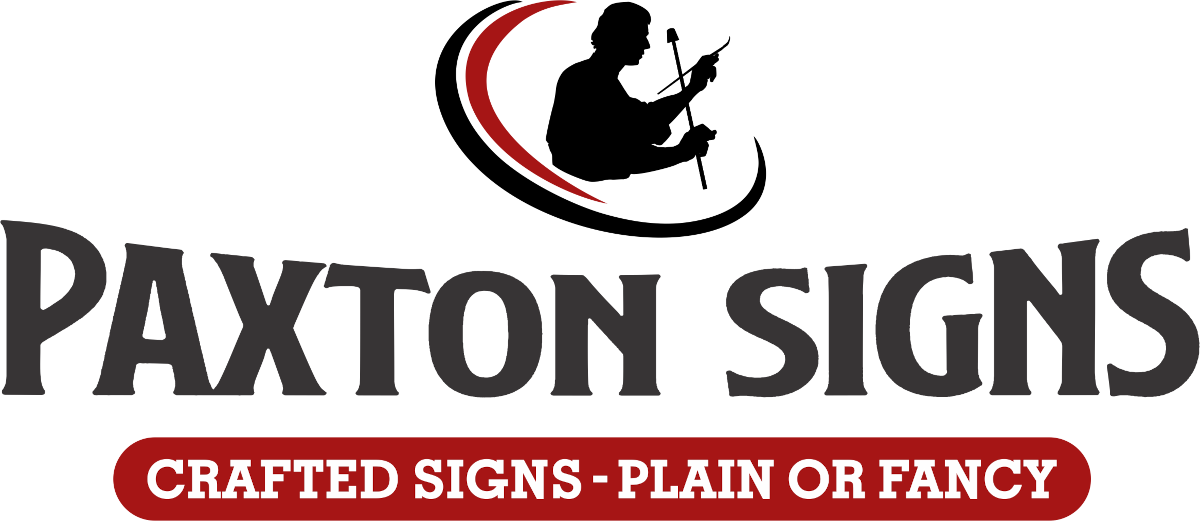 Text – the written word – allows societies to transmit information and share knowledge. Without it, chaos. Of course, there is a certain amount of chaos, due to the sheer variety of text images worldwide – Chinese, Japanese, Arabic, Korean, Russian, to name only a few. But, for the purpose of making signs in America, we’ll focus on artistic text do’s and don’ts.
Text – the written word – allows societies to transmit information and share knowledge. Without it, chaos. Of course, there is a certain amount of chaos, due to the sheer variety of text images worldwide – Chinese, Japanese, Arabic, Korean, Russian, to name only a few. But, for the purpose of making signs in America, we’ll focus on artistic text do’s and don’ts.
Enter: The Sign Makers
Sign makers have perfected artistic text. Specifically, we’ve done this by adding dimension, flourishes, faux finishes, and various creative visual elements. However, our most significant contribution is form. This means the shape, font variety and overall appearance of artistic text. The applications run from plain to fancy, and can include hand-carved gold leaf, sandblasted dimensions, and faux finishes such as wood grain. When combined with computer graphics, traditionally produced sign designs offer a hand-made cachet.
So, how important is text appearance? Should we angle and curve text? Are capital letters better than lower case? Should we stack letters? How creative can we be? All are great questions.
Artistic Text Do’s and Don’ts
Let’s consider three common artistic text usages: angled text, curved text and stacked text. (You can see all three uses in our website galleries by using the menu bar, above.)
First, when we consider using angled text on a sign, we make sure that it always angles ‘uphill’ (with the right side higher than the left). It simply looks and reads better. In fact, ninety-nine percent of angled American text finishes upwards. Notice how this works in the ANNIE & WILLEY sign graphic, below.
 Second, curved text should follow a logical, predictable pattern. It should curve no more than twice. One curve has sufficient impact, as shown in our INN at City Park sign, pictured above.
Second, curved text should follow a logical, predictable pattern. It should curve no more than twice. One curve has sufficient impact, as shown in our INN at City Park sign, pictured above.
Third, when stacking artistic text, capital letters work best. This is because there aren’t descenders (g,j,p,y) or ascenders to interfere with spacing. In fact, with the exception of logos designed with caps and lower case letters, almost all signs are designed with capital letters. However, secondary information (tag lines, etc.) can be in lowercase lettering. Often, as in the INN sign, secondary capital letters are used, but are usually smaller than the sign’s main idea.
Our Challenge…
As sign designers, our challenge is to fit text into available space in the most attractive and effective way possible. And, even though most signs use horizontal text (since text was designed to be read horizontally), the world is overloaded with it. So, every now and then, angled, curved, or stacked text will catch people’s attention simply because it’s different.
For now, artistic text has been liberated from traditional paragraph and header text. In fact, it now has few limitations and is effective and exciting when done right.
Call us today to explore artistic text and graphic techniques for your new sign at, 970-221-5519.
You can see us on Pinterest, https://www.pinterest.com/boliver0474/boards
View Paxton Signs’ galleries at, www.paxtonsigns.com, or by using the menu bar, above.
Visit us on facebook at, www.facebook.com/paxton.signs
